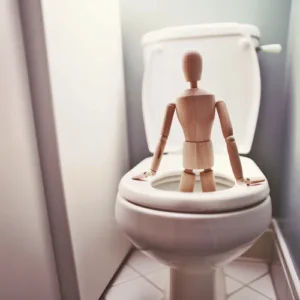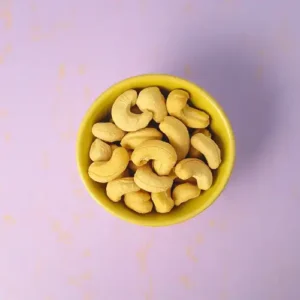Ever felt shaky, dizzy, or confused for no apparent reason? If you have diabetes, those could be signs of hypoglycaemia – low blood sugar levels. It can be pretty scary, both for the person experiencing it and for those around them. But understanding hypoglycaemia’s symptoms is crucial.
For those of us living with diabetes, dealing with low blood sugar episodes – often referred to as “diabetic hypoglycaemia” or just plain “hypos” – is an all-too-familiar struggle.
The Hypo Struggle is Real
You know that feeling when your blood sugar takes a nosedive and your body goes haywire? It’s incredibly unnerving, even for long-time diabetics used to monitoring their levels. Hypoglycaemia is no joke – the symptoms can range from mildly annoying to seriously alarming.
Sometimes it can just creep up slowly. Your glucose drops steadily. The first hint might be an inability to concentrate or focus, like your brain is wrapped in a thick fog. Then the telltale shakes and sweats kick in as your body screams for more fuel. Pretty grim, and deffo not pleasant, right?
But hypos can also ambush you, plummeting your sugars before you know what hit you. One minute you’re going about your day, the next you’re dizzy, disoriented, and feeling dreadful. That’s when things get really scary – when easy tasks become impossible and people start questioning if you’ve had one too many.
Trust me, there’s nothing fun about being caught in a severe hypo haze, unable to string a sentence together or keep your legs under you. It’s frightening for you and everyone around you who has no clue what’s going on. No wonder we dread letting our levels drop too low!
Finding the Bright Side of Low Blood Sugar
Still, as much as hypos disrupt our lives in the moment, they also give us something valuable: data about our unique diabetes management needs. The different symptoms people experience actually provide useful insights.
Do hypos make you hungry, irritable, and pale? Now you know to watch for those signs and treat them early. Do you tend to get sweaty, shaky, and confused when your levels crash? Make a note of it, so you can take action quickly.
Every reaction is a clue that teaches us how our individual bodies respond to plummeting blood sugars. And that’s powerful knowledge for better controlling the ups and downs.
The tricky part is untangling your hypo patterns from all the other factors that influence our blood glucose – stress, hormones, illness, activity levels, etc. It takes careful observation and a willingness to experiment. But don’t worry, you’ll get there! We’re all riding this diabetes rollercoaster together.
Hypo Experiences
When experiencing a hypo, the feelings are weakness, shakiness and nervousness. It’s impossible to concentrate – it’s like being on the brink of fainting or having a panic attack, curling up trying not to cry. Family members say their loved one seems ‘out of it.’
The advice is to use a continuous or flash glucose monitor if possible. When hypos happen frequently, they get harder to spot, so the tech really helps. Otherwise, check levels the minute symptoms start – that’s the best way to recognise your own.
Managing the Irritability
Some are lucky to still feel hypo symptoms clearly. They get clammy skin, stomach growling, and shakiness sometimes, signaling it’s time to treat the hypo. Partners notice frustration that levels dropped and the search for food when CGM alarms go off, though they may not show symptoms as strongly as they feel them.
Different people do react differently!
Hunger Pangs
For others, intense hunger kicks in first during a hypo. They start feeling really hungry and irritable. If it’s not treated right away, confusion, sweating, and pale lips/mouth develop. Families know it’s coming when their loved one raids the food cupboards – usually the first sign.
Managing levels with a CGM is described as a “simpler, quicker way” to stay on top of numbers.
Variety of Symptoms
Some experience quite an array of hypo signs. If sugar drops steadily, there’s lightheadedness with food cravings. But if it drops quickly, confusion, dizziness, sweating, weak legs, and even strange ear sensations occur. Vision can blur or seem slow too.
Others have been told they look pale when levels are low. And if really low, they can’t put sentences together properly – it could be mistaken for drunkenness. The advice is don’t judge if you see someone who may be having a hypo.
Increased Hypo Awareness
From dizziness and sweatiness to hunger and confusion, hypoglycaemia symptoms can vary a lot. But being aware of your personal signs is so important for quick treatment. Reading these personal experiences helps raise hypo awareness!
Photo “Low Blood Sugar” by Anthony Cunningham for Zoom Health
Zoom Health is a leading UK supplier of Home Health Tests and Earplugs





